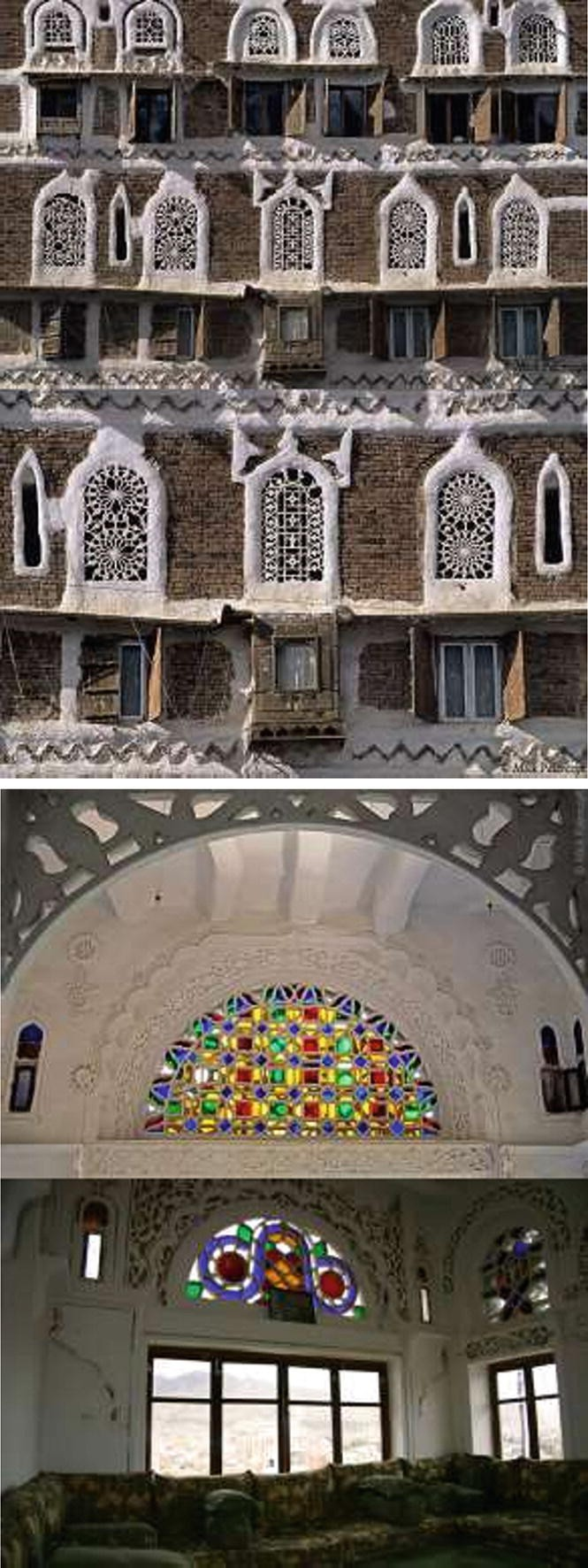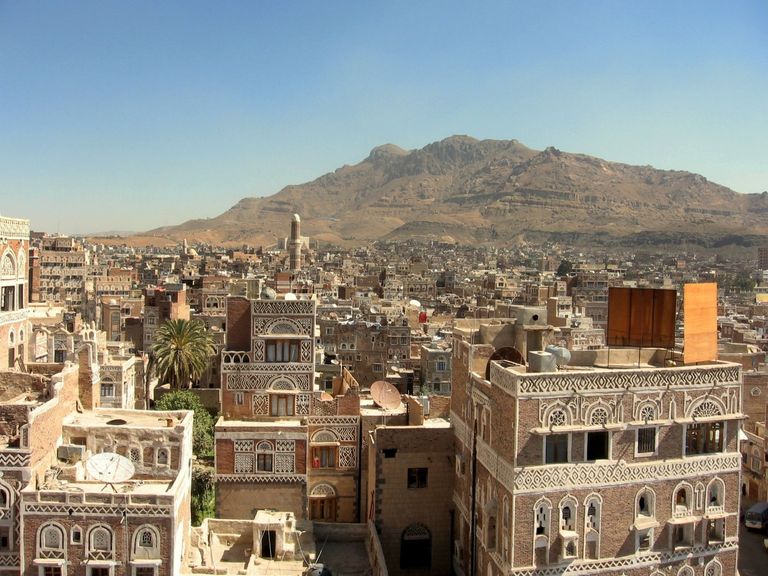
Windows topped by transoms with colored glass or precious alabaster, give a fairy-tale atmosphere to the ancient city of San'a' in North Yemen.
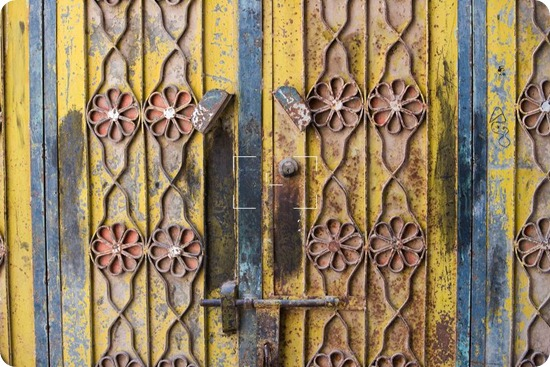
Sana'a', which was the capital of North Yemen since 1990 is the capital of Yemeni reunification. Located in the center of a vast plateau, it is surrounded by walls and with the typical multi-storey Yemeni buildings, the commercial, cultural and economic development of the country. It is divided by internal walls into three districts (Arab, Turkish and Jewish).
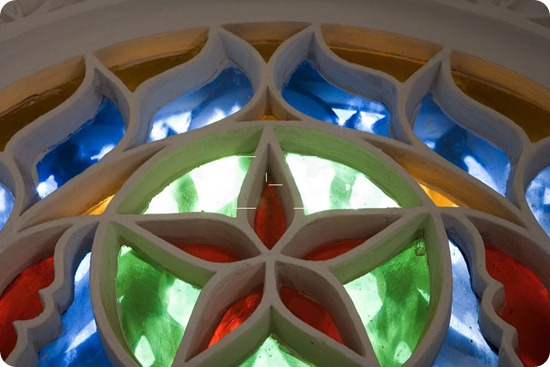
According to the tradition of the founding of the city dating back to biblical times, it was founded by Shem, the eldest son of Noah and a Semitic progenitor of the population, who after leaving his country found himself in front of the ʿRub al-Khali, the "Empty Quarter" - a terrible desert of sand - and later a land of high mountains and fertile valleys and decided to found a city: San'a '
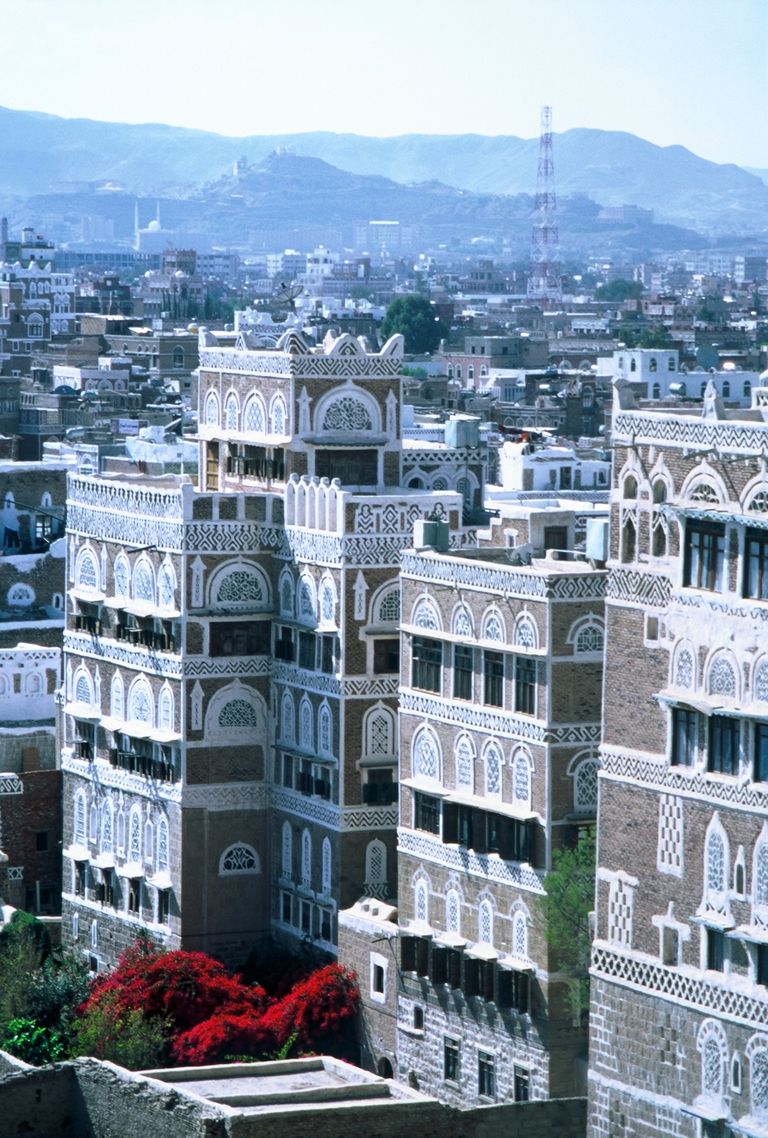
In 1970 Pier Paolo Pasolini filmed in San'a 'sets of the film The Flower of the Thousand and One Nights; on the last day of filming, impressed by the beauty of the city, he began to pass the walls of Sana'a, a short documentary form of an appeal to UNESCO to ensure that the beauty of the ancient city is protected and preserved as a historical and cultural heritage of all humanity. Pasolini's appeal was accepted and in 1986 the old city of Sanaa "was declared a World Heritage Site.
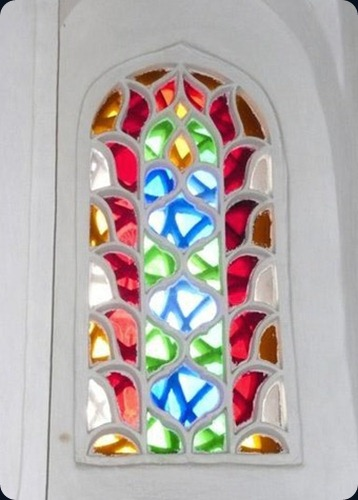
The capital, Sanaa, with its tower houses decorated with ochre chalk, dozens of minarets, the souk al-Milh where in a medieval mix the aromas of cardamom, coffee ", incense and myrrh the colors of silks, the shine of Jambi incense burner and exposed outside the premises.
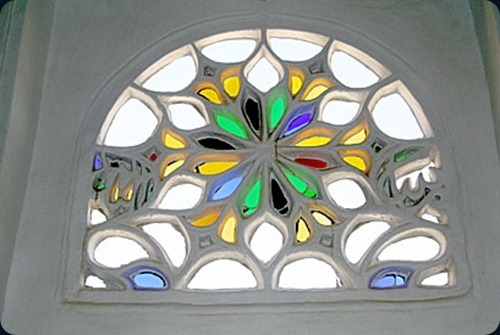
The region of Marib, a fertile period to the point of defining this area "Arabia Felix", where reigned the legendary Queen of Sheba, Bilqis to the Arabs, who legend says was born from the union of a Himyarite prince with the daughter of the king of Ginn. The miracle of Shibam, where, between the arid desert and the plateaus of Ramlat Al Sabatein, a block of land, a 500-storey 'skyscraper' of 7-8 floors with indignation resists the elements for centuries.
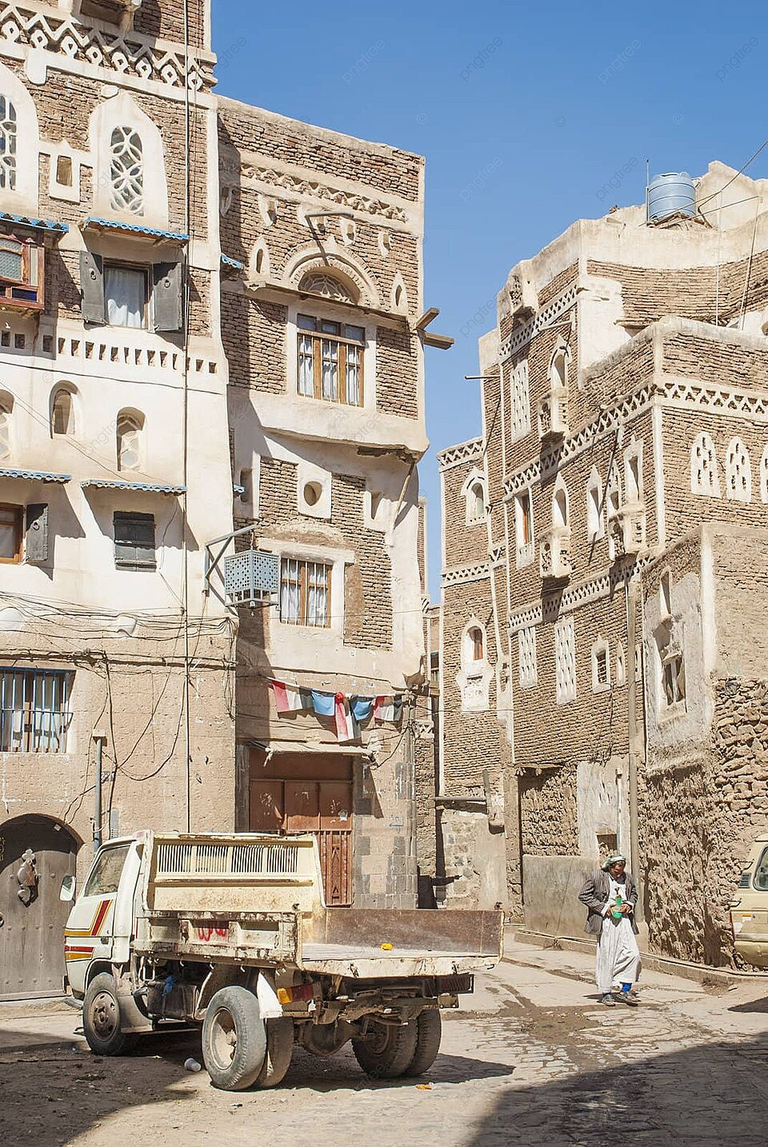
And then, in a succession of plateaus, deserts, canyons, mountains, valleys, villages and wadis whose beauty is breathtaking: the Hajjarin, Zabid, Al Hajjara, Jibla, Thula, Kawkaban. One reason Pierpaolo Pasolini called it, architecture, "the most beautiful country in the world. Yemeni style, a puzzle solved only partially, or only a few know it, if there is no solution."

And if the natural landscapes and architecture are a feast for the eyes, the pride, kindness, availability and goodness of these people, are for the heart. Children screaming in the streets or overlooking the tiny earth-colored tax buildings, with their naive faces, their cries of wonder as they see again through the display of a room, their eyes turned to the sky, as if to follow with the eye a less harsh day. Women, silent presence, thin bodies covered with a veil that only guards the eyes. Their watchful eyes that go beyond 'every fabric, every artificial barrier placed between them and the world of evil.

Ventanas coronada por tragaluces con cristales de colores o alabastro precioso, dan una atmósfera de cuento de hadas en la antigua ciudad de San'a ' en Yemen del Norte.
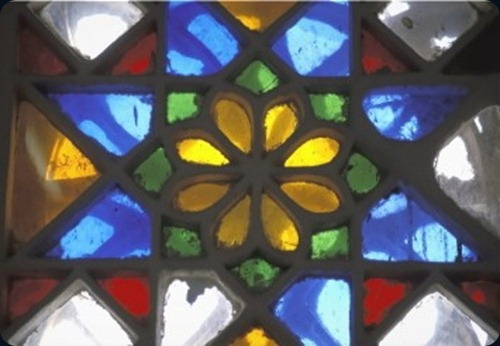
San'a ', que fue la capital de Yemen del Norte desde 1990 es la capital de la reunificación de Yemen. Situado en el centro de una vasta meseta, está rodeado por muros y con los típicos de varios pisos yemeníes edificios, el desarrollo comercial, cultural y económico del país. Está dividida por paredes interiores en tres distritos (árabe, turco y judio).
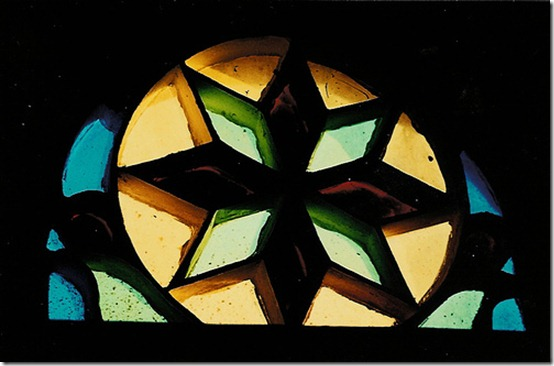
De acuerdo con la tradición de la fundación de la ciudad se remonta a los tiempos bíblicos, fue fundada por Sem, el hijo mayor de Noé y semita progenitor poblaciones, que después de abandonar su país se encontró ante el ʿ Rub al-Khali, el "Cuarto Vacío" - terrible desierto de arena - y, posteriormente, una tierra de altas montañas y valles fértiles y decidieron fundar una ciudad: San'a '
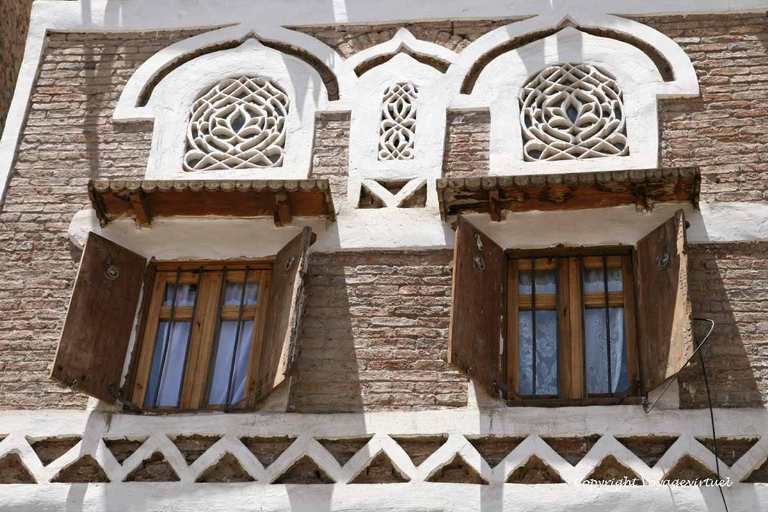
En 1970 Pier Paolo Pasolini rodada en escenarios San'a 'de la película La flor de las mil y una noches, el último día de rodaje, impresionado por la belleza de la ciudad, comenzó a pasar las murallas de Sana'a, una forma breve documental de un llamamiento a la UNESCO para garantizar que se protegen y conservan la belleza de la antigua ciudad como patrimonio histórico y cultural de toda la humanidad. El atractivo de Pasolini fue aceptada y en 1986 la ciudad vieja de Sanaa "fue declarado Patrimonio de la Humanidad.
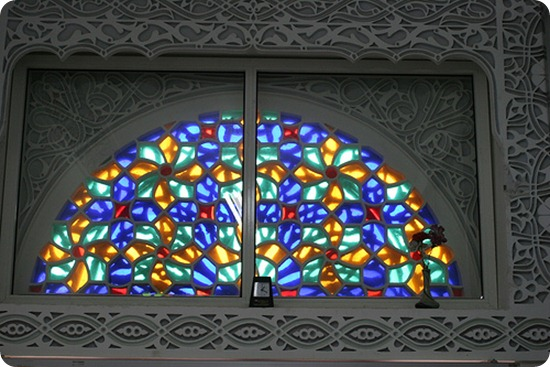
La capital, Saná, con sus casas torre decorada con tiza ocre, decenas de minaretes, el zoco al-Milh donde en una mezcla medieval los aromas de cardamomo, café ", el incienso y la mirra de los colores de las sedas, el brillo de Jambie incensario y expuesta fuera de los locales.
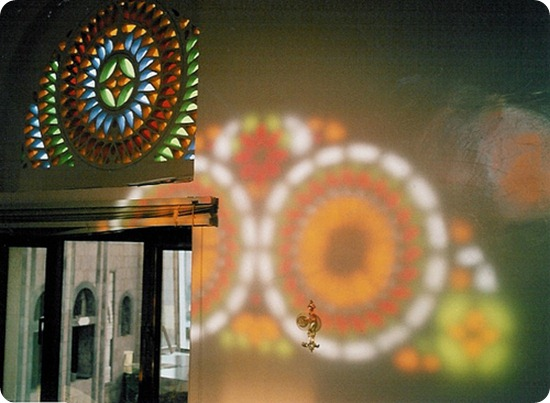
La región de Marib, una época fértil hasta el punto de definir esta área "Arabia Felix", donde reinó la legendaria reina de Saba, Bilqis a los árabes, que la leyenda dice que nació de la unión de un Himyarite príncipe con la hija del rey de Ginn. El milagro de Shibam, donde, entre el desierto árido y mesetas Ramlat Al Sabatein, a una cuadra de la tierra 'rascacielos' 500 prima de 7-8 plantas con indignación siglos resiste a los elementos.
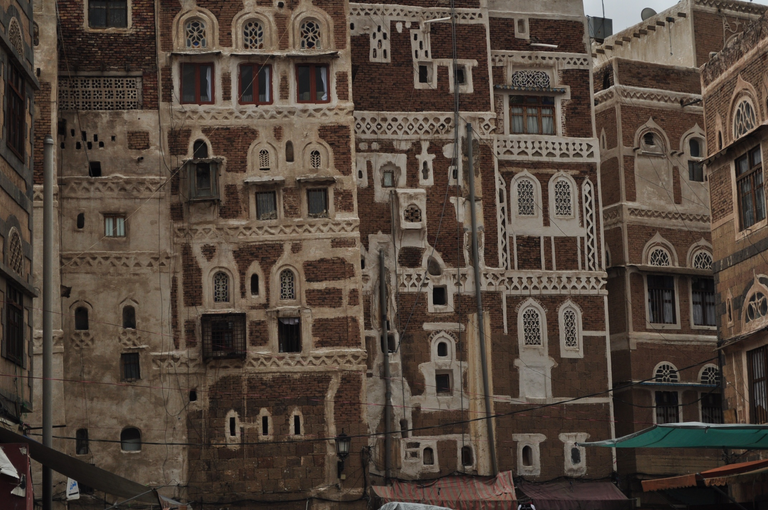
Y luego, en una sucesión de mesetas, desiertos, cañones, montañas, valles, pueblos y wadis cuya belleza es impresionante: el Hajjarin, Zabid, Hajjara Al, Jibla, Thula, Kawkaban. Una razón Pierpaolo Pasolini lo llamó, arquitectura, "el país más bello del mundo. Estilo yemení, un rompecabezas resuelto sólo parcialmente, o sólo unos pocos saben que, si no hay una solución".
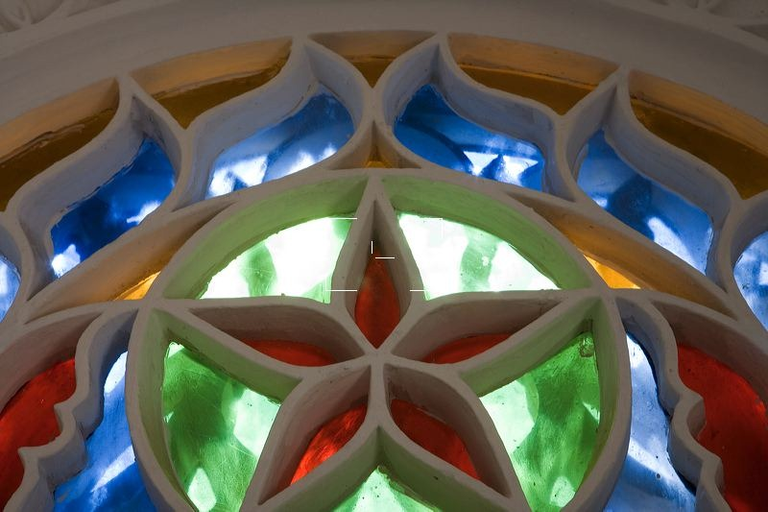
Y si los paisajes naturales y la arquitectura son un festín para los ojos, el orgullo, la bondad, la disponibilidad y de la bondad de estas personas, que son para el corazón. Los niños que gritaban en las calles o con vistas al impuesto minúsculo de color tierra edificios, con sus rostros ingenuos, sus gritos de asombro al ver otra vez a través de la visualización de una habitación, sus ojos se volvieron hacia el cielo, como para seguir con el ojo un día menos duro. Las mujeres, la presencia silenciosa, cuerpos delgados cubiertos con un velo que sólo guarda los ojos. Sus ojos vigilantes que van más allá del "cada tejido, cada barrera artificial colocado entre ellos y el mundo del mal.
